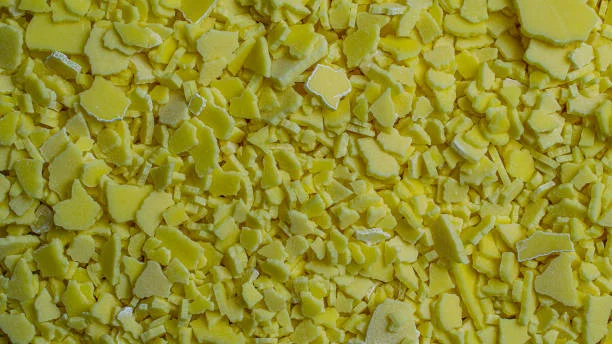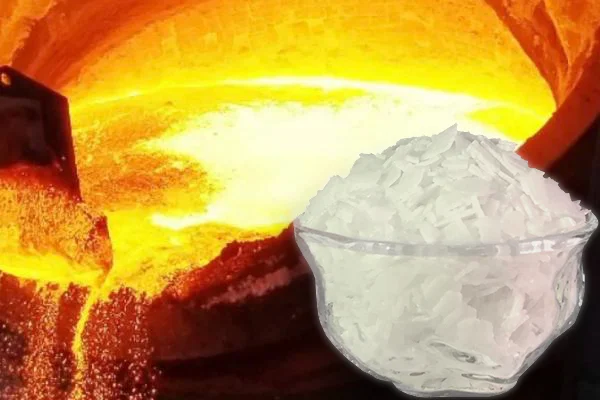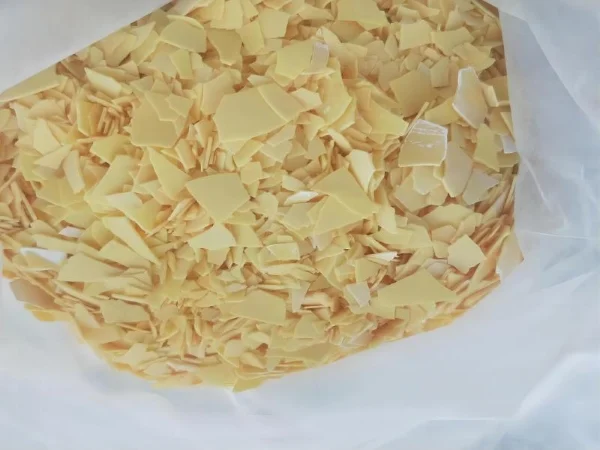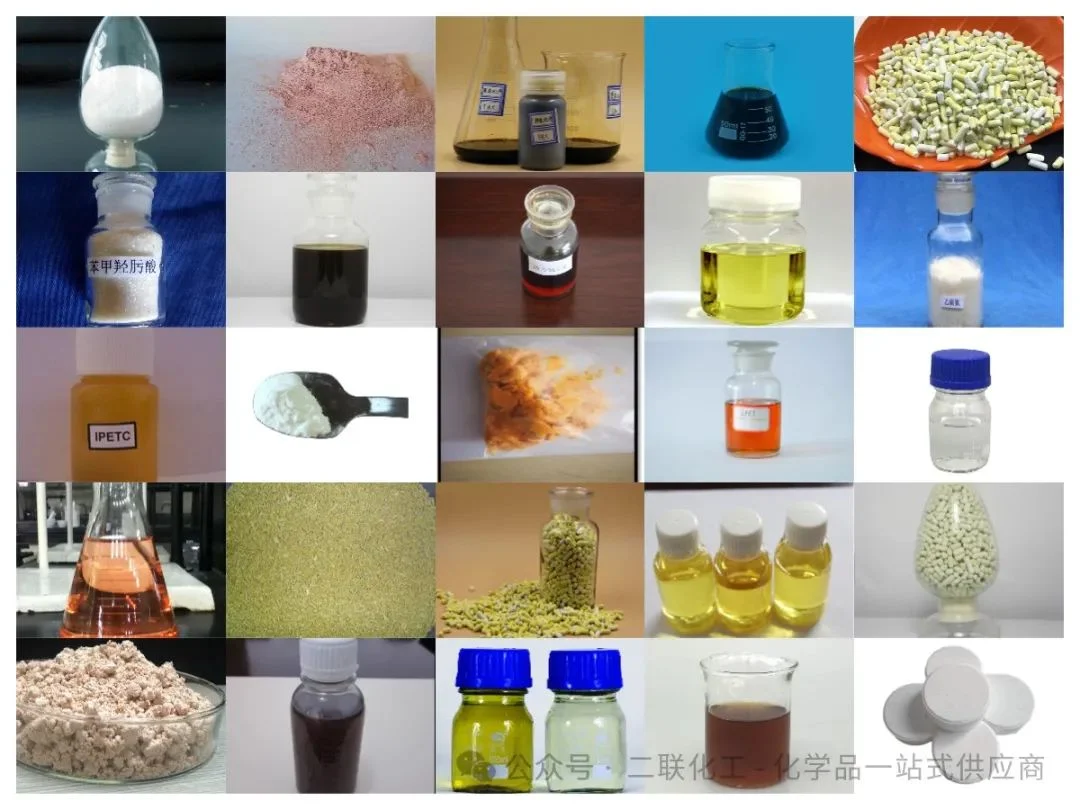
Introduction
In the complex and vital field of mineral processing, various chemical reagents play key roles in optimizing the separation and extraction of valuable minerals. Among these, sodium sulfide (Na₂S) stands out as a versatile and widely - used chemical. It has multiple functions in different types of mineral processing operations, especially in flotation processes, which are fundamental for the efficient recovery of minerals from ores.
Chemical Properties of Sodium Sulfide
Sodium sulfide is a salt derived from hydrogen sulfide, a weak dibasic acid. In aqueous solutions at room temperature and one atmospheric pressure, among the more than 30 molecular and ionic sulfur species, only six are thermodynamically stable: HSO₄⁻, SO₄²⁻, H₂S, HS⁻, and S²⁻. The pH of the aqueous system is a crucial controlling variable in the oxidation of hydrogen sulfide. Below pH 6. "molecular hydrogen sulfide" is the dominant reduced sulfur species. At pH 7. the reduced sulfur species in the solution are evenly divided between "dissolved hydrogen sulfide" and the bisulfide species (HS⁻), with HS⁻ being the main species in the pH range of 8 - 11.
Functions of Sodium Sulfide in Mineral Processing
Inhibitor of Sulfide Minerals
Sodium sulfide is an effective inhibitor for most sulfide minerals when used in large quantities. The order of its inhibitory effect on sulfide minerals generally decreases as follows: galena, sphalerite, chalcopyrite, bornite, covellite, pyrite, and chalcocite. Notably, due to the excellent natural floatability of molybdenite, sodium sulfide cannot inhibit it. This characteristic is exploited in the flotation of molybdenite, where Na₂S can be used to suppress the flotation of other sulfide minerals, allowing for the selective separation of molybdenite.
Sulfidizing Agent for Non - Ferrous Metal Oxide Ores
Non - ferrous metal oxide ores cannot be directly captured by xanthate collectors. However, when sodium sulfide is added to the ore pulp before xanthate flotation, it reacts with the surface of non - ferrous metal oxide minerals. This reaction results in the formation of a thin film of sulfide minerals on the surface of the oxide minerals. For example, when white lead ore reacts with sodium sulfide, its surface color changes from white to dark; and when malachite reacts with sodium sulfide, its surface color changes from green to dark black. These color changes indicate the successful formation of a sulfide film different from the original mineral. After sulfidization, xanthate can effectively capture these minerals, thus improving the flotation recovery of non - ferrous metal oxide ores.
Desorbing Agent for Sulfide Mineral Mixed Concentrates
When a large amount of sodium sulfide is used, it can desorb the xanthate - type collectors adsorbed on the surface of minerals. In the separation of lead - zinc mixed concentrates or copper - lead mixed concentrates, the ore pulp can first be concentrated. Then, a large amount of sodium sulfide is added to desorb the collectors on the mineral surface. After that, the pulp is washed, and fresh water is added to re - adjust the pulp for subsequent separation flotation. This process helps to eliminate the interference of the original collectors and enables more efficient separation of different minerals in the mixed concentrate.
Eliminating Harmful Ions in the Ore Pulp
Sodium sulfide can react with many metal ions to form insoluble sulfide precipitates. In the ore pulp, there are often some metal ions that can have a negative impact on flotation, such as certain heavy metal ions. By adding sodium sulfide, these harmful metal ions can be removed from the ore pulp in the form of sulfide precipitates, thus creating a more favorable chemical environment for flotation and improving the overall flotation efficiency.
Factors Affecting the Use of Sodium Sulfide in Mineral Processing
Ore Mineralogy: The diversity of ore mineralogy can have a significant impact. For example, in oxide ore sulfidization, the co - existence of different minerals such as galena, sphalerite, and cerussite in the ore can complicate the reaction process. Similarly, the presence of various oxide minerals like malachite, azurite, atacamite, and chrysocolla together also affects the sulfidization effect.
Sodium Sulfide - Consuming Minerals: Minerals such as pyrite, marcasite, talc, cerussite, clays, slimes, alkaline earth salts, gypsum, and chlorides can consume sodium sulfide. This consumption may lead to an insufficient amount of sodium sulfide available for the desired reactions in the flotation process, thereby reducing its effectiveness.
pH Value: At high dosages of sodium sulfide, the pH of the ore pulp can become excessive. This extreme pH condition may not only affect the chemical reactions of sodium sulfide with minerals but also influence the performance of other reagents in the flotation system, ultimately affecting the separation and recovery of minerals.
Location and Number of Sodium Sulfide Addition Stages: The point and number of times sodium sulfide is added during the flotation process are also crucial. Incorrect addition locations or an improper number of addition stages may result in uneven distribution of sodium sulfide in the ore pulp or untimely reactions, both of which can reduce the efficiency of its functions.
Water Composition: The composition of water used in the flotation process, especially the content of calcium, magnesium ions, and water hardness, can interact with sodium sulfide and minerals. These interactions may either promote or inhibit the reactions of sodium sulfide, thus affecting its role in mineral processing.
Conclusion
Sodium sulfide plays a multifaceted and indispensable role in mineral processing, especially in flotation. Its functions as an inhibitor, sulfidizing agent, desorbing agent, and its ability to eliminate harmful ions contribute significantly to the efficient separation and recovery of valuable minerals from various types of ores. However, to fully utilize the potential of sodium sulfide, it is necessary to carefully consider and control various factors that may affect its performance in the complex environment of mineral processing. By doing so, the mineral processing industry can achieve higher resource recovery rates, lower production costs, and more sustainable development.
- Random Content
- Hot content
- Hot review content
- Toxicity Assessment of Sodium Cyanide and Relevant Hazard Prevention Measures
- Sodium Ethyl Xanthate 90% SEX
- Unlocking the Power of Mineral Processing Chemicals: Enhancing Efficiency and Sustainability
- Industrial Grade Sodium Metabisulfite 96.5%
- T-610 collector Salicyl oxime acid derivative Content 3.5%
- Acetone
- Food Grade Ammonium Sulphate
- 1Discounted Sodium Cyanide (CAS: 143-33-9) for Mining - High Quality & Competitive Pricing
- 2Sodium Cyanide 98% CAS 143-33-9 gold dressing agent Essential for Mining and Chemical Industries
- 3Sodium Cyanide 98%+ CAS 143-33-9
- 4Anhydrous Oxalic acid 99.6% Industrial Grade
- 5Soda Ash Dense / Light 99.2% Sodium Carbonate Washing Soda
- 6Oxalic acid for mining 99.6%
- 7Calcium hydroxide Industrial Grade 90%
- 1Sodium Cyanide 98% CAS 143-33-9 gold dressing agent Essential for Mining and Chemical Industries
- 2High Quality 99% Purity of Cyanuric chloride ISO 9001:2005 REACH Verified Producer
- 3 High-Quality Sodium Cyanide for Leaching
- 4Powdery emulsion explosive
- 5Industry Grade Electron grade 98% Sulfuric Acid H2SO4 Sulphuric Acid Battery Acid Industrial Sulfuric Acid
- 6Colloidal emulsion explosive
- 7sodium hydrosulfide 70% flakes used Mining Industry












Online message consultation
Add comment: